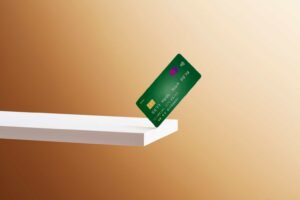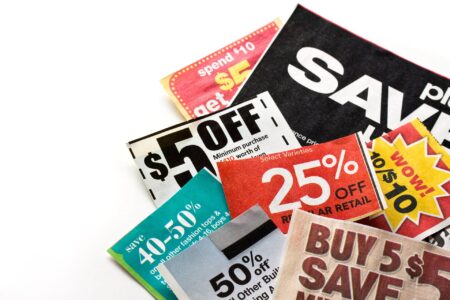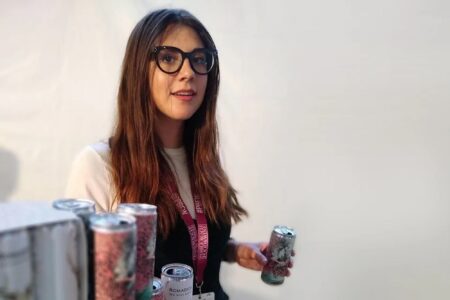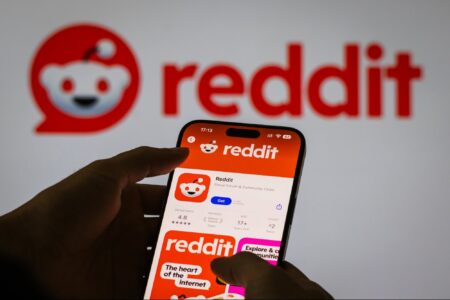Monica Williams is a doctor. But, she says, “I was born an entrepreneur. In my opinion, it’s the only way to really live.”
Williams has long kept an eye out for business opportunities, and even developed a couple product prototypes — like a pacifier called Pacimals and a hair product called Dr. Fill In. But her true breakthrough idea came from a family friend, Dana Roberts.
Roberts was a fifth grade teacher who saw that the girls in her classroom needed more support as they navigated bodily changes. She created kits for them with menstrual products and information, and told Williams about her idea to turn this into a business. When Williams’ own daughter became a tween, she saw firsthand how real the need was. So the two women launched RedDrop in 2021, with “period kits” that include tween-sized pads, period underwear, wipes, and scented sanitary bags.
Related: 5 Entrepreneurial Mindsets That Drive Success
As CEO, Williams’s fundraising strategy has been applying to pitch contests and grants. That way, she doesn’t need a network of rich guys. “It just really relies on the strength of the business and my ability to talk about it,” she says. In April, this paid off when she appeared on The Pitch, a podcast where guests do exactly that, to a roundtable of potential investors. She walked away with $100,000, and RedDrop has since secured another $50,000 via their acceptance to Ulta Beauty’s Muse Accelerator program, something Williams hopes will give them valuable feedback on their branding and get them one step closer to their goal of being on shelves in a major retailer. (Their products are currently available via their website or Amazon.) Despite the minimal outside funding, RedDrop has made $7 million in revenue. All of this earned Williams a finalist spot on our Entrepreneur of 2024 list of 20 innovative leaders.
You were able to get your product off the ground, but then you had a setback. What happened?
To get to the point of conception that wasn’t hard. Where it got really hard was once we were able to validate the product and get to first base with the branding and the packaging. At that point, we needed something like $23,000 for more products, and we just didn’t have it.
So what did you do?
We won this pitch competition — this online thing, and were offered something like a novel loan. We had gotten some momentum and had people asking about the product, so we were desperate to get the stuff and see if we could sell it. So we took this loan, but it was honestly so detrimental to the business. Every month we would reconcile and keep the COGS (cost of goods sold), but everything over that we had to split with the person who gave us the loan 50/50. We were definitely not getting paid anything and we couldn’t really set aside money to get more product in. It felt like a doom cycle.
How did you get out of that cycle? Thankfully, one of Dana’s friends invested in us enough to help us pay off the loan and give us a little bit of capital. That’s really what helped us get started.
Since then you have reached $5 million in revenue, and are seeing some momentum with your VC fundraising. What do you attribute that success to?
There are a lot of people talking about this thing. The reality is that 6,000 girls a day experience a first period. By agitating the problem lightly, we’ve been able to start conversations and community around normalizing and desexualizing periods. I honestly attribute our growth to the fact that for generations we as women have figured it out with subpar products, or even great products that just didn’t fit well for young girls.
What are some of the challenges that come with marketing this product?
It’s communicating in a way that agitates the problem without shaming moms and in a way that communicates to our various audiences.Typically it’s a mom that buys this, but it could be a dad or grandma. Or we could really engage with tweens who then tell their caregiver. On social media, we use a voice of understanding and knowledge without being preachy.
Related: Grow Your Business and Strengthen Your Entrepreneurial Mindset — 3 Key Strategies for Women Entrepreneurs
Where do you see the business going from here?
Consumer packaged goods and ecommerce is so up and down and very cash dependent. We are really leaning into our B to B side. We sell to schools. Most of them have some amount of money that the state has apportioned to them to buy these particular products. We’ve also started working with Girl Scouts nationally, making sure they have products in each of their camp bathrooms and also in their camp stores. If you happen to start your period at a camp, we sell a branded kit. It is a nice Girl Scout moment and there’s a little patch that comes with it.
Why is now the time for this product and this company?
In 2024, young girls have far more buying power and influence than they did previously. There are so many pieces to this. If you or I had a blood stain on our shorts as a tween, we would feel mortified. Maybe people would tease us. But now it could be even worse because someone could take a picture and it’s on the internet and it lives forever. I think our kids are more fragile and far more vulnerable. And I think that, especially after the #MeToo movement, people are taking women more seriously. A lot of things have coalesced to create a market for this product now.
Read the full article here












